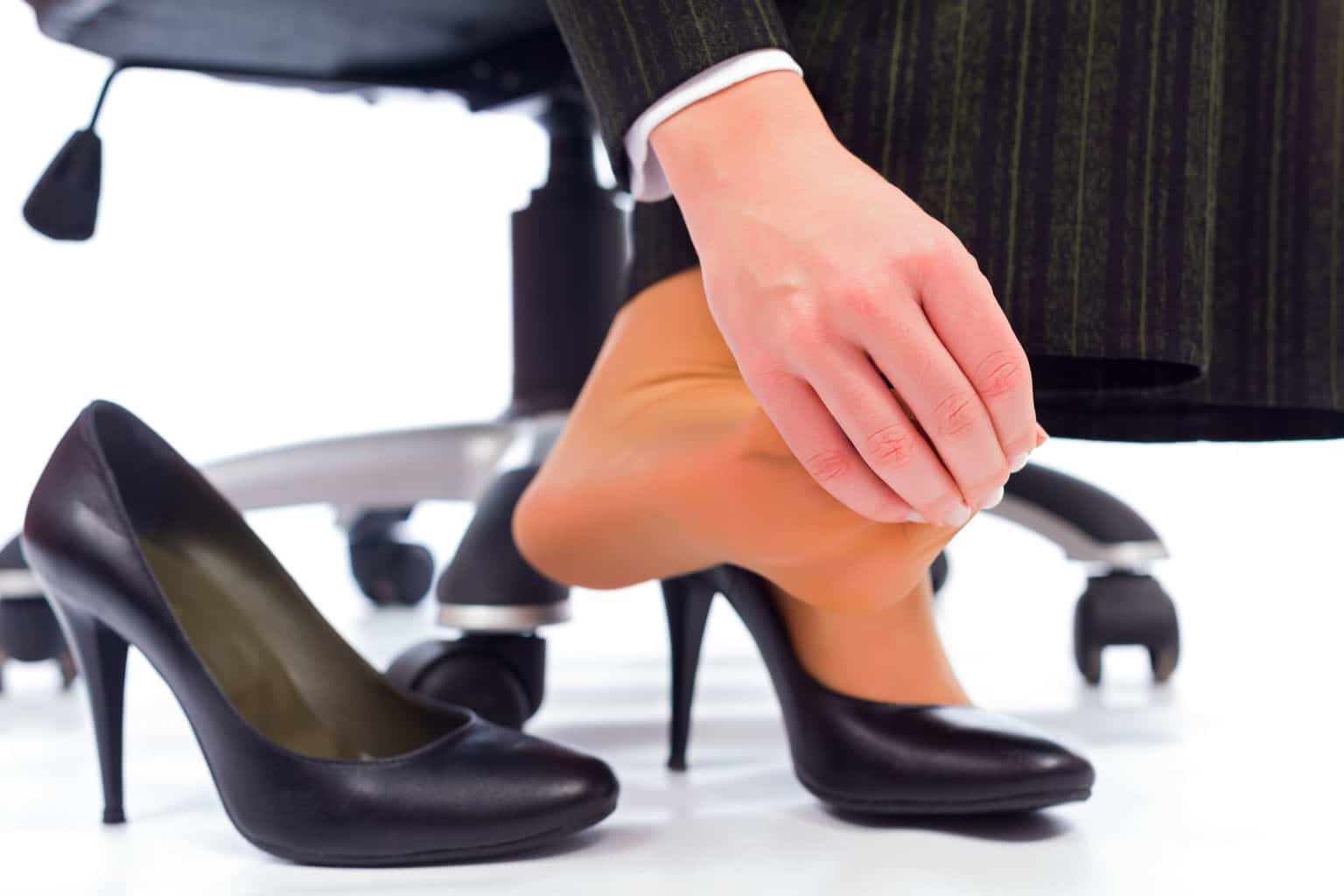
[cmamad id=”4577″ align=”center” tabid=”display-desktop” mobid=”display-desktop” stg=””]
It seems like so many people have foot issues and seek medical treatment for it.
Foot issues have become such a problem that orthotics are a very common deal nowadays.
This works out great for podiatrists.
Podiatrists probably make a majority of their money with custom-made orthotics.
Custom orthotics cost a lot, have high-profit margins, and wear out — so then they need to be replaced.
As with anything that makes Medicine or Pharma lots of money, I wanted to know if it’s worth it.
I wanted to see if orthotics honestly helped improve one of the most common foot problems of all — plantar fasciitis.
Are orthotics the best way how to cure plantar fasciitis?
Plantar fasciitis is basically a pain in the foot, often in the heel.
It’s typically worse usually when you first wake up, or if you’ve been standing for extended periods.
It can also be worse if you’ve been particularly active.
Web MD says that these are causes:
- Your feet roll inward too much when you walk (called “excessive pronation”).
- You have high arches or flat feet.
- You walk, stand, or run for long periods of time, especially on hard surfaces.
- You are overweight.
- You wear shoes that don’t fit well or are worn out.
- You have tight Achilles tendons or calf muscles.
It can be intensely painful, so it’s not surprising people want a plantar fasciitis cure.
[cmamad id=”4578″ align=”center” tabid=”display-desktop” mobid=”display-desktop” stg=””]
In my experience, the best treatment for plantar fasciitis is going barefoot.
It’s a nice, simple and free plantar fasciitis cure.
I also find that taking a golf ball and doing exercises for plantar fasciitis help.
Just set the ball on the floor and start playing with it with the ball of your foot.
You do this seated at your desk — you try to lift the ball with your toes.
You can also use that golf ball to massage the bottom of your foot.
So that’s another inexpensive way to find relief without the orthotics.
I think this is the best remedy for plantar fasciitis.
But knowing these methods, I still found this study pretty interesting.
The study compares manipulation and stretching with using an orthotic in healing plantar fasciitis.

This is important to study because orthotics are more likely to relieve the pain but not actually do much to resolve the plantar fasciitis.
So the condition persists, and the person continues to experience pain.
They experience pain when they walk, leading them to be too sedentary and inactive.
And being inactive leads to getting sick and dying much too young.
So this “foot problem” is a pretty important matter.
To study it and find the best way to help plantar fasciitis, the researchers took a small group of people and divided them into two groups.
The first group was treated with some chiropractic manipulation of their foot, and some Achilles’ tendon stretching.
I’ll call them the “manipulation” group.
They received this plantar fasciitis treatment in the office twice a week for the first month.
And then treatments were reduced to once a month.
This group was also given stretches to do at home, primarily Achilles’ tendon stretches.
Note that these “manipulation” people were not getting chiropractic manipulation of their spine.
They were getting what amounts to physical therapy on their feet and ankles by a trained chiropractor.
We’ll call the second group the “orthotics” group.
They were given traditional orthotics to treat the plantar fasciitis.
Then the researchers evaluated the effects both treatments had on the condition.
The good news is that both groups experienced relief from plantar fasciitis.
But the “manipulation” group experienced less pain than the “orthotics” group — especially during activity.
With this in mind, I think that in the long run, the manipulation group would have probably continued to get better.
In fact, the manipulation group may have fully recovered, and no longer had plantar fasciitis.
If they added walking around barefoot and the golf ball exercise that I referred to above, I’m sure of it.
So why aren’t doctors telling people to go barefoot more often?
One reason that I can think of is that they are so afraid of people with diabetes getting cut and ending up with festering wounds.
But I don’t believe that this is a good reason not to walk around barefoot.
I think walking around barefoot is really an important thing for many reasons.
One reason walking barefoot is better is because it helps you get your foot and ankle muscles more active.
And it helps engage your brain with your feet better.
Having your feet encased in shoes causes your brain to lose all neural connection with the very sensitive areas of your feet.
It’s a bit like trying to go about your ordinary day while having gloves on your hands.
It’s just not a good idea for your sensation and feeling.
Obviously, some activities require gloves on your hands for protection, but you get the idea.
Being barefoot gets all of your muscles more actively engaged when you move.
I think it can be a solution to recovering your health through better movement or proprioception.
So if you do have plantar fasciitis, consider the plantar fasciitis treatments that I’ve discussed here.
You may not want to reach immediately for the orthotic.
There is a simpler, better way how to cure plantar fasciitis.

http://www.webmd.com/a-to-z-guides/tc/plantar-fasciitis-topic-overview#1
A Randomized, Controlled Trial (with Blinded Observer) of Chiropractic Manipulation and Achilles Stretching vs. Orthotics for the Treatment of Plantar Fasciitis.
http://web.b.ebscohost.com/abstract?direct=true&profile=ehost&scope=site&authtype=crawler&jrnl=
10817166&AN=14449856&h=rMD4alKs1l2pa88TfAODKM454A1TfiIngmeAy %2bPlIj%2b1uo3ItUCipGDO
3knJfLhMr74%2f2B%2fQLk7xLnP9Xsyf%2bQ%3d%3d&crl=c&resultNs=AdminWebAuth&resultLocal=
ErrCrlNotAuth&crlhashurl=login.aspx%3fdirect%3dtrue%26profile%3dehost%26scope%3dsite%26
authtype%3dcrawler%26jrnl%3d10817166%26AN%3d14449856

Leave a Reply